10 New Year’s Resolutions for the Best Hudson Valley Backyards
While New Years is a time of resolutions, rarely do they include resolutions for our backyard spaces. But, why not? The backyard resolutions we can make now will have a positive impact on our desire to spend more time outdoors with the people most important to us, improve our overall health and wellness, improve the environment, and increase the value of our home.
Here are some backyard resolution ideas waiting for you to spring into action when spring arrives.
- Welcome Wildlife – Bees, butterflies, and birds are all experiencing declining populations as healthy habitats are harder to find. Plant a small pollinator garden. They’re colorful, beautiful, easily doable, and the you’ll get a lot of enjoyment from the burst of life you’ll experience all summer long.
- Lessen Fossil Fuels By Going Electric – The array of efficient battery operated tools, from lawn mowers and leaf blowers to chain saws and clippers, will save on gas as well as noise.
- Cut Grass To The Proper Height – Your grass will grow stronger and healthier when you cut it to its proper height. The optimal height for grass is 2 ½ inches and you should only be clipping off the top 1/3 of the grass blade. Therefore, the best time to mow is when your lawn is 3 2/3 inches high.
- Conserve Water – Conserving water doesn’t mean your plants need to go thirsty. There are several ways to go like installing an irrigation system, using a timer, or purchasing a rain barrel or two. Don’t overlook the option of planting more native plants. They need less as they are adapted to our climate.
- Install a Bat House – Bats will rid your yard of bugs and mosquitos that make spending time outdoors less enjoyable. Some of the bugs they eat are also saving your flowers and shrubs from damaging insects.
- Plant a Tree for Planet Earth – Reduce your carbon foot print while upgrading the look of your landscaping by planting a large tree. Why wait a decade for shade or the majesty of that mature landscape look?
- Recycle your Grass Clipping – Leave your grass clipping where they lie instead of bagging them. They work as a natural mulch and will provide your lawn with nutrients as they decompose.
- Create a Special Spot for Fido – If you have a dog, you can create a small area with mulch or gravel for them to do their business. This will eliminate all those urine spots in the lawn.
- Bring the Family Together with a Fire Pit – Embark on a small hardscape project to install a fire pit surrounded by some Adirondack chairs and enjoy some family fun with s’mores. Spending more time outdoors with the family is what summer days are made for.
- Add Some New Color to Your landscape – Color wakes up our senses, and the choices are endless. Blue hydrangeas, bright and sunny yellow daffodils, red roses, or purple irises. What’s your favorite color?
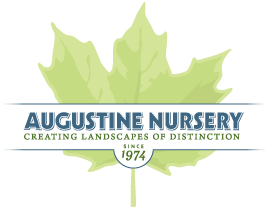
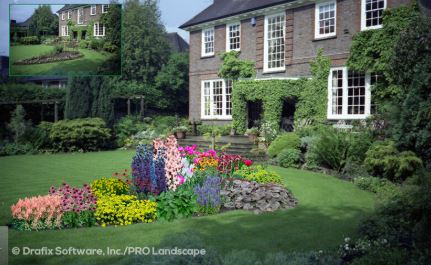





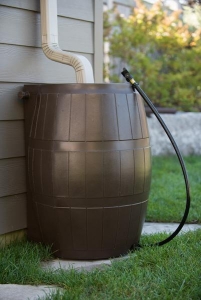
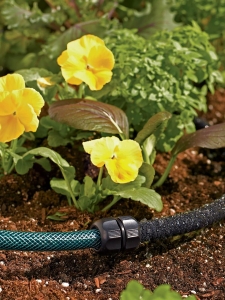

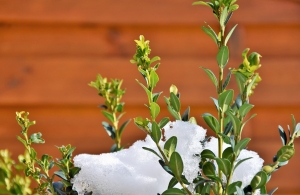 Broadleaf Evergreens
Broadleaf Evergreens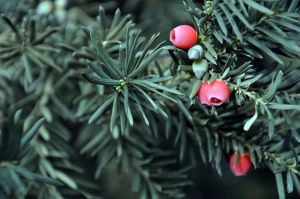 Conifer Evergreen Shrubs
Conifer Evergreen Shrubs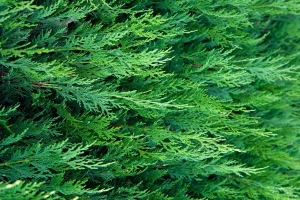 Conifer Evergreen Trees
Conifer Evergreen Trees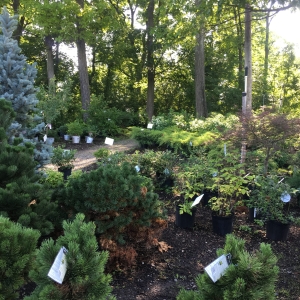 Don’t accept the monotony of a typical winter landscape. Augustine Nursery carries an impressive array of evergreens in all shapes and sizes for homeowners and landscapers. Ask us how you can best add evergreens to your yard.
Don’t accept the monotony of a typical winter landscape. Augustine Nursery carries an impressive array of evergreens in all shapes and sizes for homeowners and landscapers. Ask us how you can best add evergreens to your yard. 
 #AugustineNursery
#AugustineNursery






 Stop in to check
Stop in to check

 Open 7 days a
Open 7 days a 




 $5 for
$5 for 




 Hope you’re
Hope you’re


 $5 Friday will feature a
$5 Friday will feature a